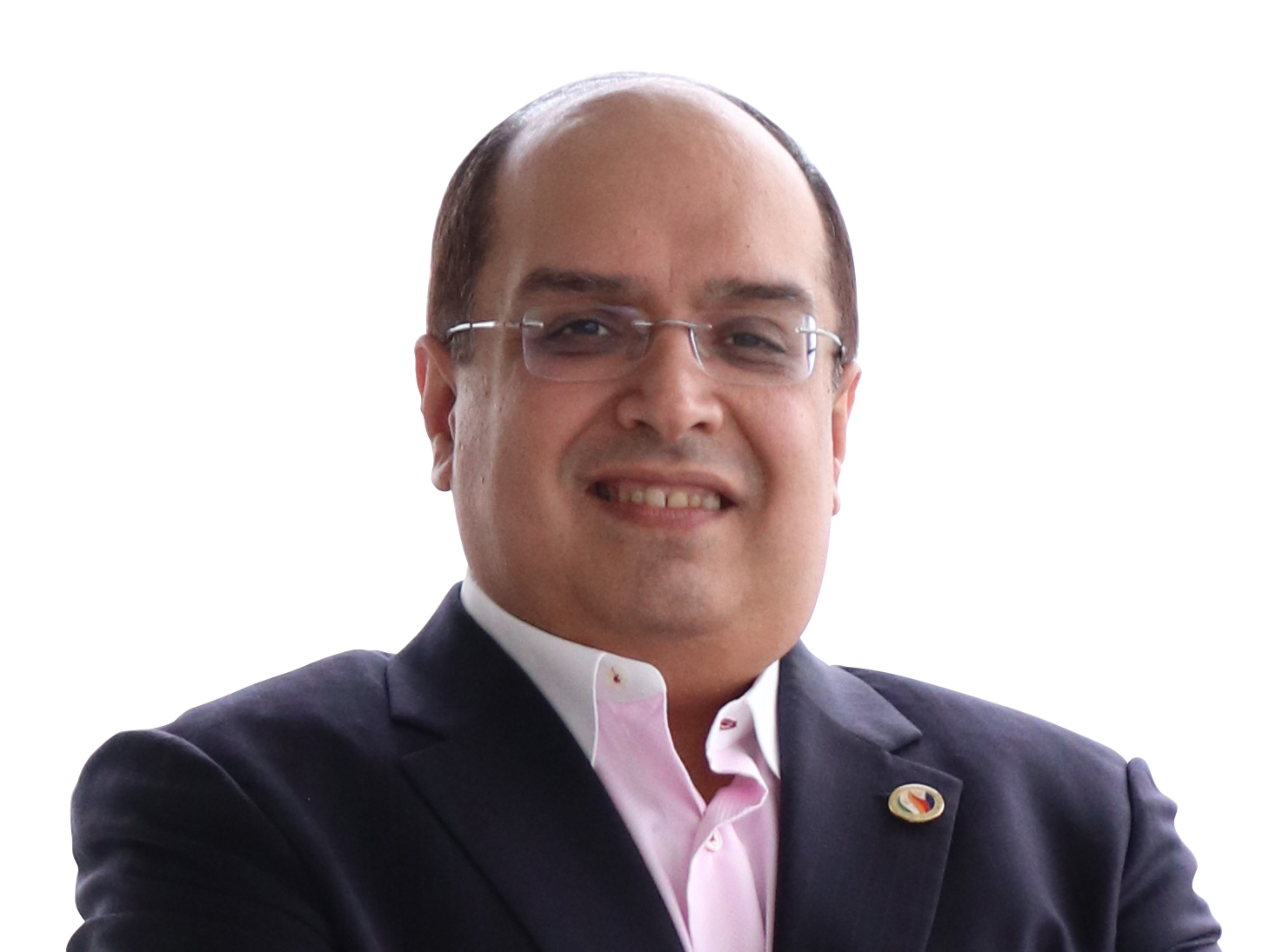Indians and microlending in PH
Rex Daryanani is the president of Funtastic International Inc., an importer and distributor of toys, accessories and other fun products. He has also been the president of the Federation of Indian Chambers of Commerce Philippines since 2016. Following the move to legalize the operations of microlenders, he talks here about the state of microlending activities of Indians in the Philippines.
Q: Many Indians are engaged in microlending. How did that come about in the Philippines?
A: Indians have been in many industries in the Philippines even before World War II. One such industry is microlending, which has over the years been branded as 5-6. 5-6, because way back, P5 borrowed on a Sunday would yield a P6 total payment by the next Saturday at P1 per day of the week, in effect 20 percent in a week. This is no longer the case. Currently, a person who borrows P10,000 on Jan. 1, will need to pay P12,000 by April 30 at P100 per day in effect 20 percent in four months or 5 percent per month. Less the 30 percent default rate, the net rate comes out to 3.5 percent per month.
Q: How big is the Indian microlending market in the Philippines vs the total market?
A: There are about 30,000 Indian microlenders all over the Philippines. Even if we estimate a lending fund of P2 million per lender, this translates to a minimum of P60 billion being lent to microentrepreneurs nationwide.
Article continues after this advertisementQ: Do Indian microlenders focus on a specific market? Why that particular segment?
Article continues after this advertisementA: The target market of the Indian microlenders are the smallest of the small entrepreneurs such as market vendors, sari-sari store owners and the like. They choose this segment because not only is it the segment that does not have access to financing, it is also the segment where the lender can easily go and collect daily from, given that the nature of their microbusiness is retail.
Q: Microlending comes with higher risks, hence the higher interest. How do Indian microlenders mitigate these risks?
A: The only way to mitigate this risk is by volume. The default rate is 30 percent—three of 10 borrowers will not pay. This is the reality.
Q: There are now many low cost microlenders in the Philippines including many Koreans who are operating in provincial cities. What are some trends in microlending in the Philippines?
A: Microlenders are not limited to Indians only. Filipinos as well as Chinese and Koreans also are involved in the same lending activity. There are attempts to use technology In microlending. This is still in the development phase. The government recently launched the P3 program that also aims to lend to the microbusinesses. It acts as competition to the many microlenders to keep rates down.
Q: How are the Indian microlenders contributing to the Philippine economy?
A: The Indian microlenders contribute in a huge way to the economy because they basically finance the lowest level of businesses and entrepreneurs that we believe is a huge base. The Indian moneylender is easy to deal with and is always available to even help their clients during medical emergencies and for tuition support. They are also more understanding when clients are not able to pay on time and just come back again to collect the next day. They provide a service that is not available anywhere else in the world. Not even in India. While some may frown at this activity, it is important for all to realize the great value and service they provide. We continue to recommend and focus on legalizing such activities to ensure that our microentrepreneurs continue to thrive and continue to not burden government.—CONTRIBUTED
Josiah Go is the chair and chief innovation strategist of Mansmith and Fielders Inc. Follow him at www.josiahgo.com
